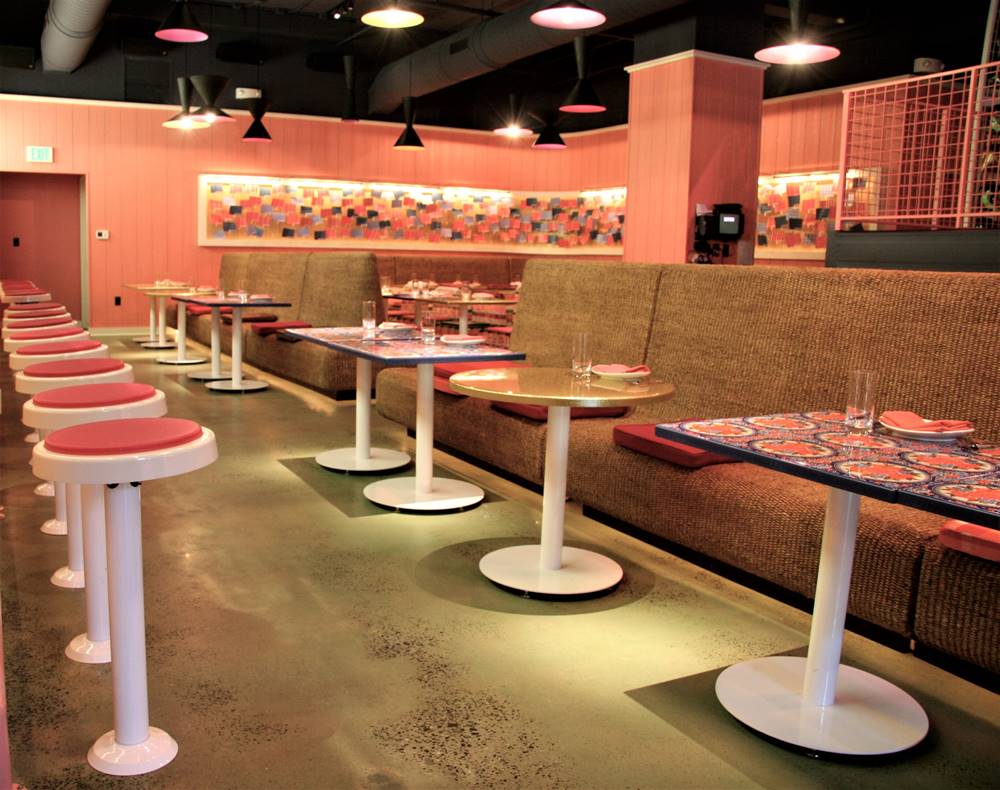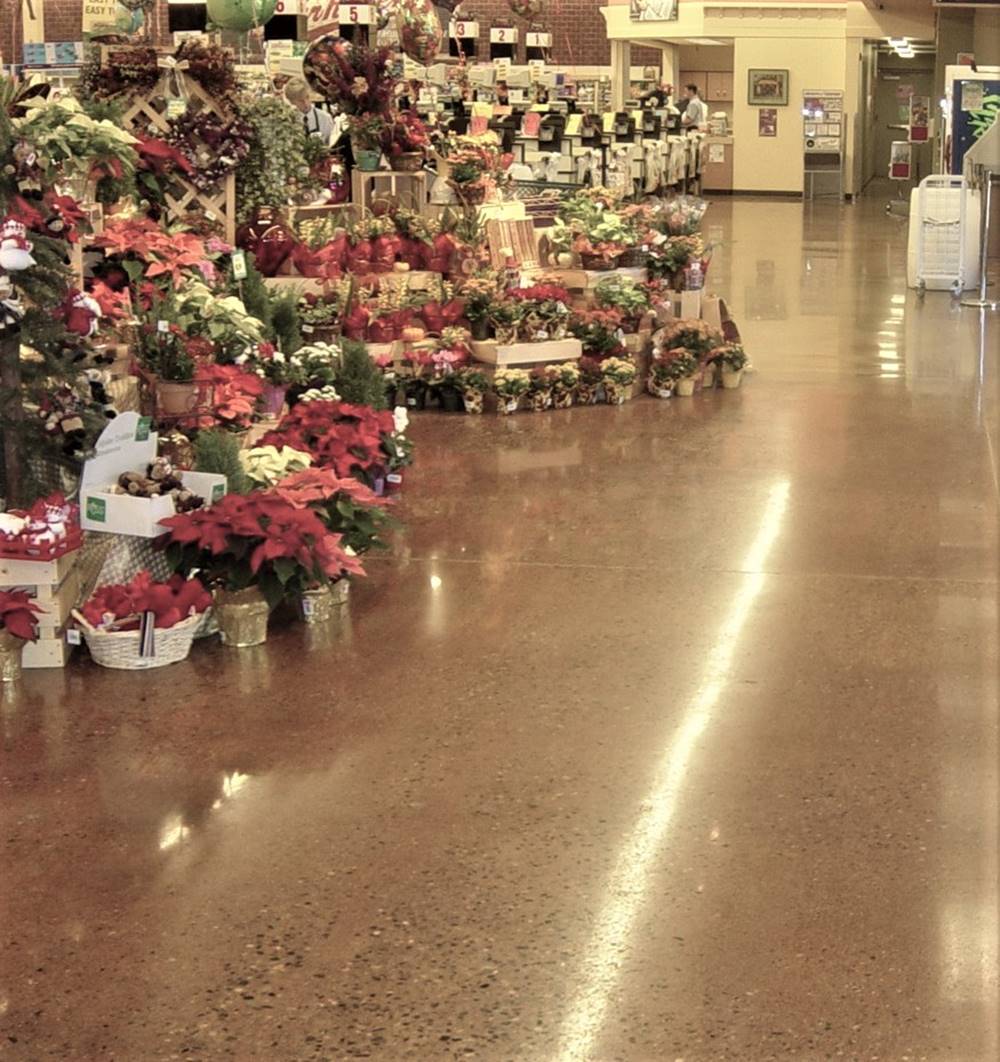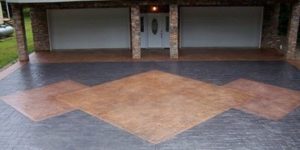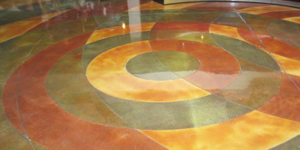
Architects, designers, customers, owners and most of your staff use the words dye and stain interchangeably. Is there a difference when it comes to choosing a topical colorant? And if so, why does it matter?
Turns out the answer is yes and it matters. Stains are ground, insoluble pigment particles suspended in a carrier solution. On the other hand, dyes are a nano-sized soluble chemical (powder) dissolved in a solution.
- Pigment in stains doesn’t dissolve in water. It suspends.
- Dye is like salt. It dissolves in water.
Therefore, when you apply stains, and they penetrate the concrete, they react with its chemistry and create a permanent color. Think of the rust stain in your garage.
And when you apply dyes, they penetrate the concrete and stay where they’re left when the carrier (water/solvent) evaporates.

Stain features and benefits |
Dye features and benefits |
|---|---|
|
|
Stain limitations |
Dye limitations |
|---|---|
|
|

Choose the better colorant for each job with confidence, by asking educated questions.
Find out the concrete slab’s age. The age of the slab helps us to determine whether someone placed a moisture vapor barrier underneath the slab. If the slab is 20 years old or less, it’s likely there’s a moisture barrier. It’s certainly unlikely if it’s older than that.
Also, ask if the building is currently conditioned 24/7 and if it always will be. Then do a calcium chloride test if a dye is the design choice.
Yes, the old-fashioned test is better in this case. This is because the vapor-drive is what matters not the percentage of relative humidity (RH). Why? Because the dye can’t tolerate alkaline concrete. If the surface stays dry, it’ll be fine.
















